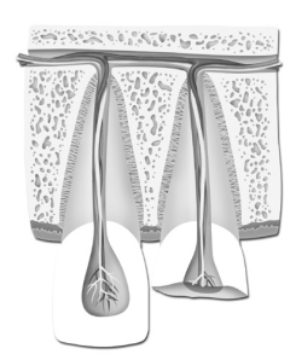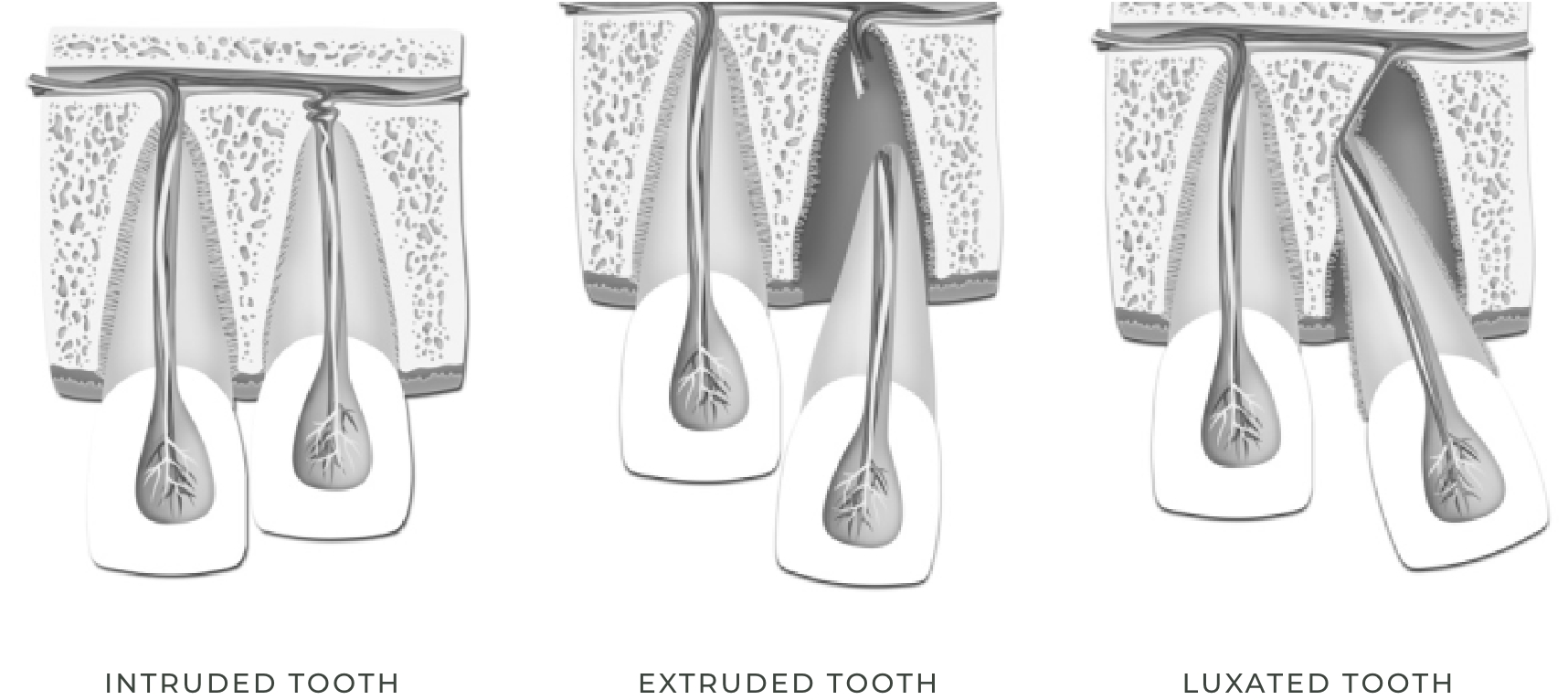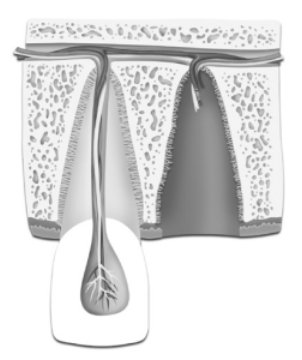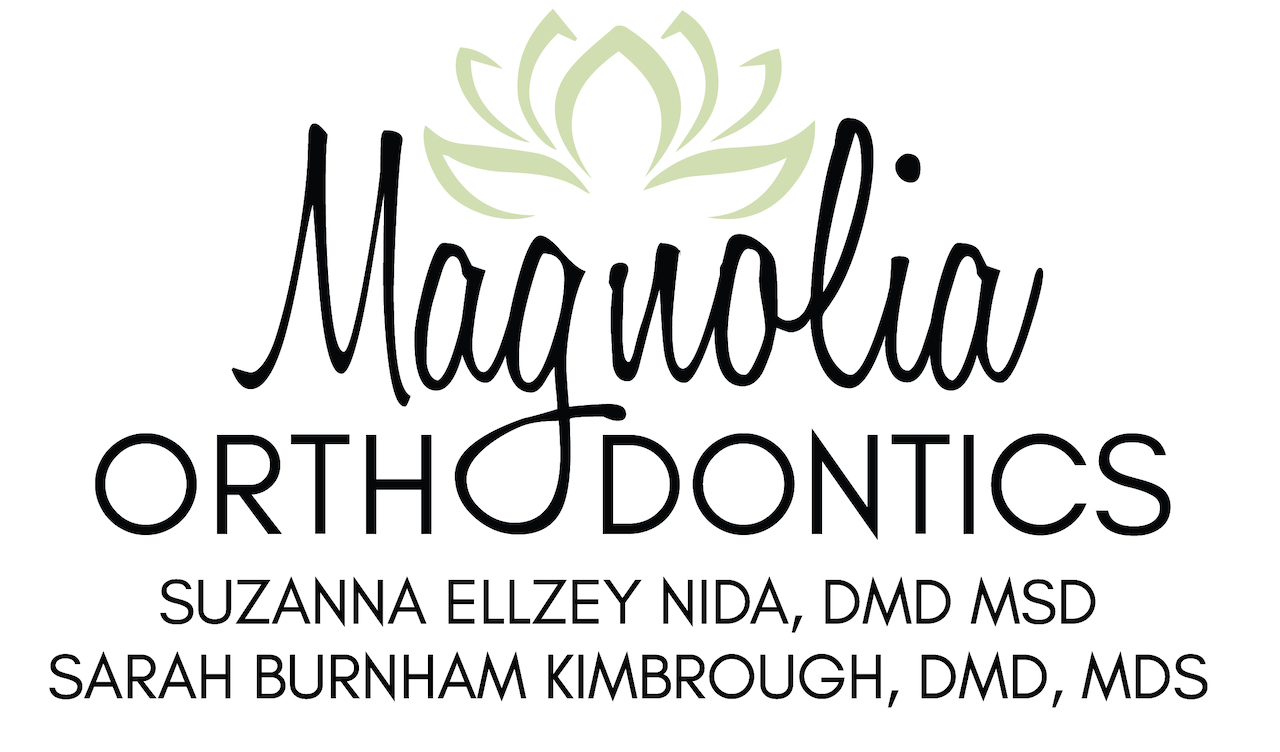How to Prevent Accidents
Mouth guards are one of the least expensive pieces of protective gear available. They can help prevent or minimize tooth and jaw injuries. The American Association of Orthodontists recommends mouth guards be worn any time the teeth could come into contact with a ball, a hard object, another player or the pavement. The recommendation applies to organized sports as well as leisure activities like bicycling.
If a mouth guard is not worn and an injury occurs, follow these first aid tips.

|
BROKEN TEETH
|

LOOSENED TEETH
An accident can cause a tooth to come loose from the socket. a tooth can be:
- Pushed into the socket (intruded)
- Knocked part way out of the socket (extruded)
- Pushed sideways, but still in the socket (luxated)

WHAT TO DO
- Apply an ice pack to the injury.
- You may attempt to gently push an extruded tooth back into the socket.
- Call your family or pediatric dentist for immediate attention. Early stabilization is the best chance for the tooth to reattach itself.

|
KNOCKED OUT PERMANENT TOOTH – TIME IS CRITICAL.
A tooth might be saved if cared for properly and reimplanted as soon as possible. Timely treatment may improve the chances of reattaching an injured tooth.
|

JAW INJURY
If teeth appear to fit together properly when the mouth is closed:
- Apply ice to control swelling.
- Restrict diet to soft foods and if no improvement occurs within 24 hours, seek dental care to rule out subtle injuries.
- If in doubt at any time, contact your dentist or seek medical attention.
If teeth do not fit together properly when the mouth is closed:
- Seek emergency medical attention.
American Association of Orthodontists. (2016) Retrieved from from this website.

